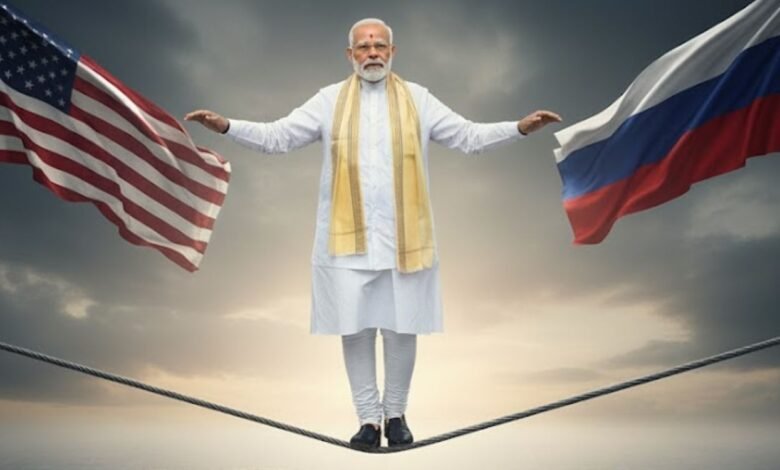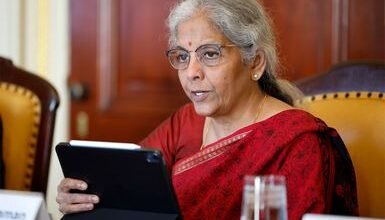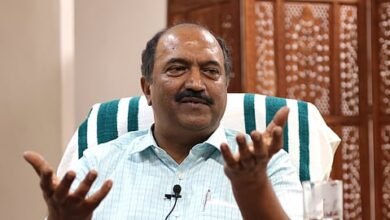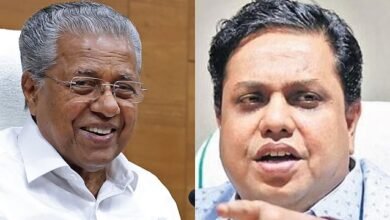
India’s Diplomatic Tightrope: Juggling a Landmark US Trade Deal with Crucial Russian Energy Ties
NEW DELHI – India is navigating a high-stakes diplomatic and economic balancing act, seeking to finalize a landmark trade deal with the United States while carefully preserving its indispensable strategic and energy partnership with Russia.
The delicate negotiations, which could see US tariffs on key Indian goods slashed by up to 50 percent, are proceeding under the shadow of Washington’s intense pressure on New Delhi to curb its significant purchases of discounted Russian crude oil.
The situation was brought into sharp focus this week after US President Donald Trump claimed that Prime Minister Narendra Modi had indicated India would cease buying Russian oil. In a notably cautious response on Thursday, New Delhi avoided a direct denial, instead stating it would increase oil imports from the US while continuing to secure the most “cost-effective” energy supplies available—a clear nod to its ongoing trade with Moscow.
“India needs the trade deal with the US and it needs energy access at reasonable prices,” Ashok Malik, a partner at the Asia Group consultancy, told Bloomberg. “Economic statecraft would require Indian diplomacy to achieve both. And that is what India’s trying to do.”
Since 2022, India has become one of the largest importers of Russian oil, which now accounts for approximately one-third of its total energy imports. An abrupt halt could severely impact domestic refineries and lead to higher consumer prices. In a conciliatory gesture, Indian refiners are reportedly preparing to modestly scale down Russian imports while increasing purchases of liquefied petroleum gas (LPG) and crude from the United States, a move that could be worth up to $15 billion.
The progress in talks marks a significant turnaround. “The narrative has shifted dramatically from two months ago, when it seemed like the talks had stalled,” said Shumita Deveshwar, chief economist at GlobalData. “There’s tangible hope now that a deal will be struck.”
A high-level Indian delegation is currently in Washington, with sources suggesting a deal could be finalized as early as next month.
The Modi government’s “dual-track diplomacy” underscores India’s complex geopolitical reality. Russia remains a vital, long-standing partner for defense and military hardware. Simultaneously, the US is India’s largest export market, making deeper economic integration essential for future growth.
“The balancing act is delicate, but it is a pragmatic reflection of India’s geopolitical and economic priorities,” said a senior official in New Delhi. “The goal is to avoid forcing a choice between two essential partners.” As negotiations enter a critical phase, the world is watching to see if India can successfully thread this diplomatic needle, securing its economic ambitions without sacrificing its strategic autonomy.







